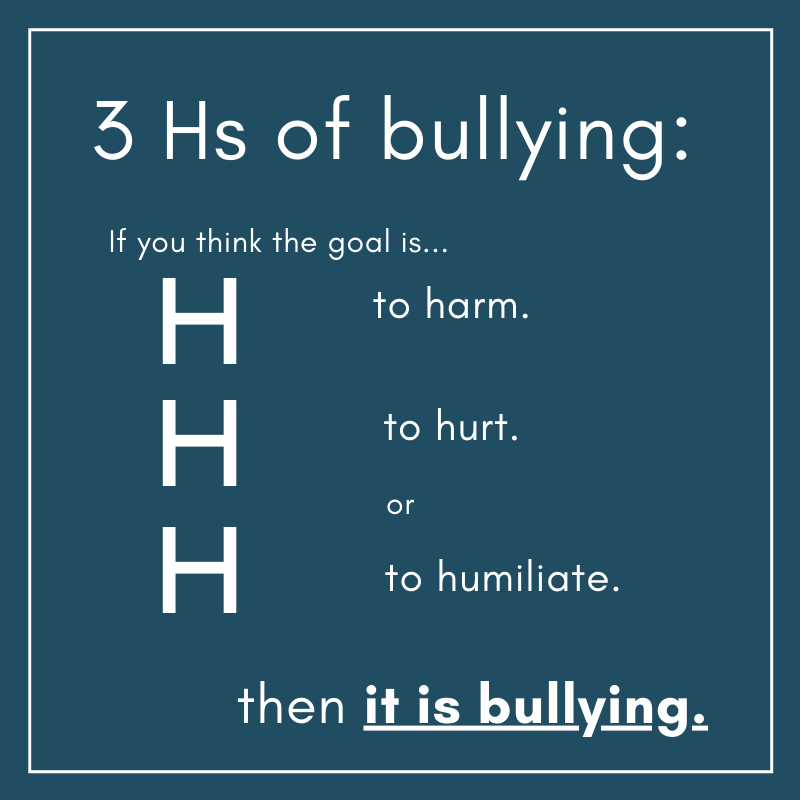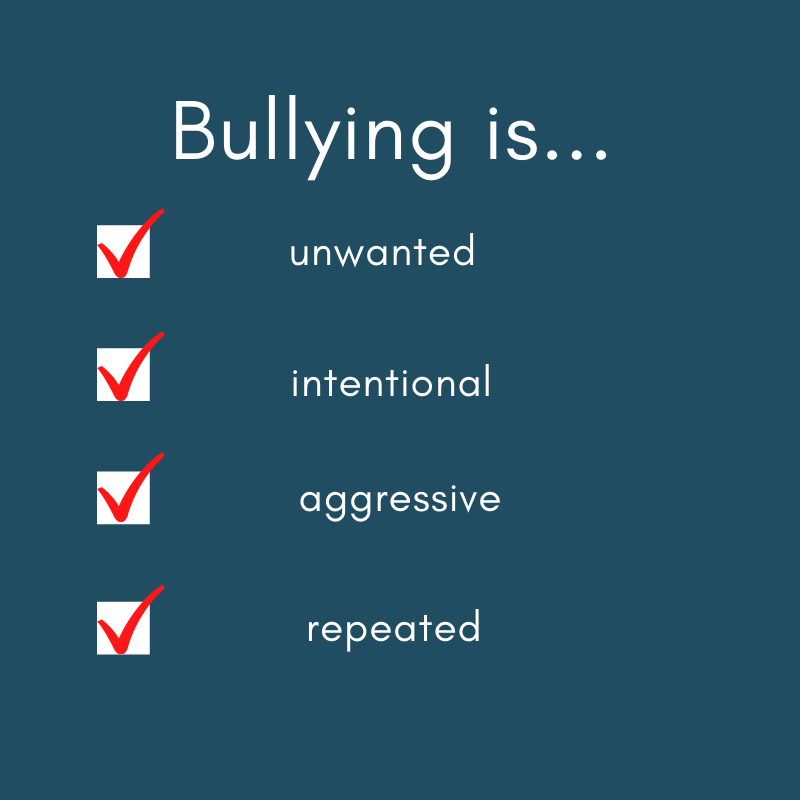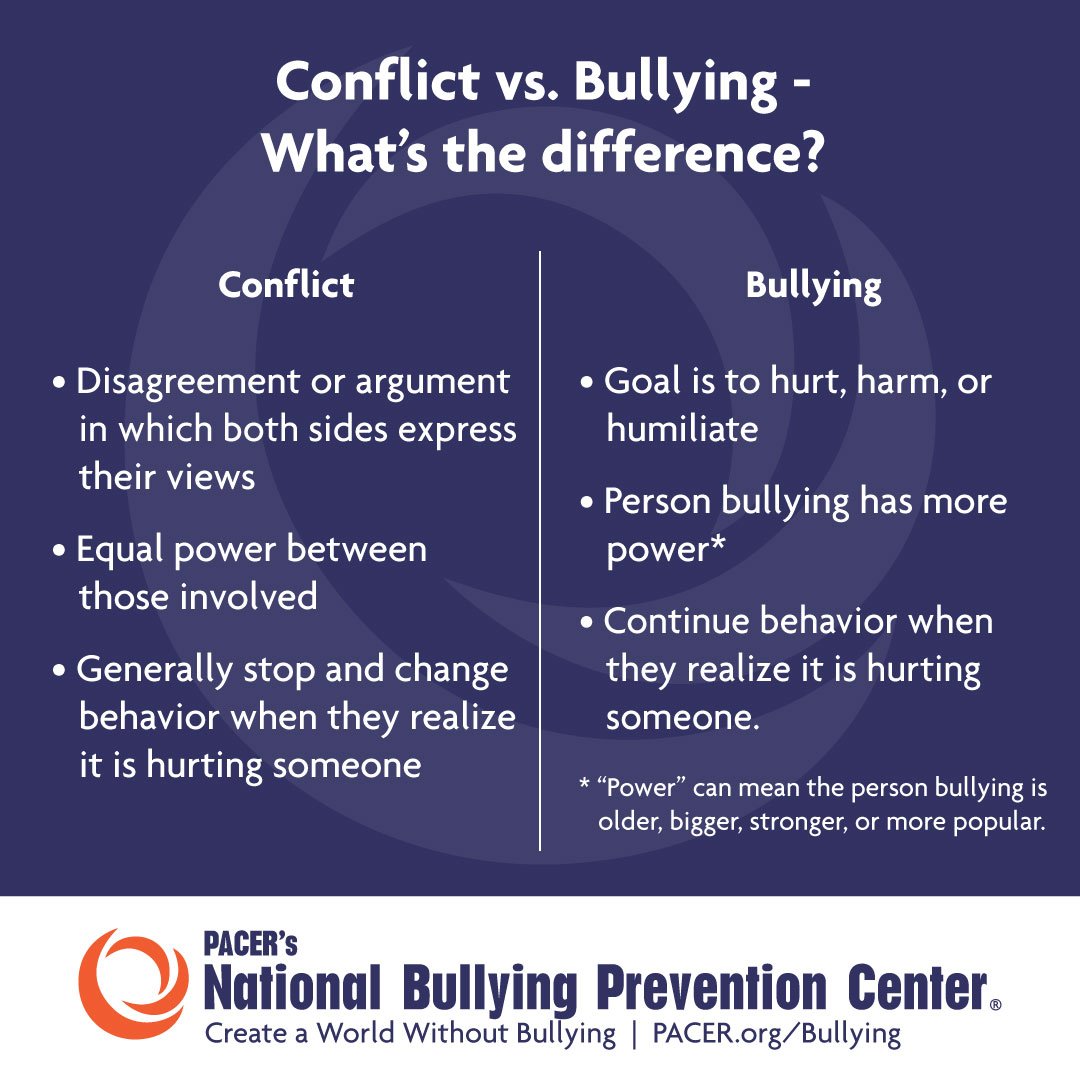
This logo isn't an ad or affiliate link. It's an organization that shares in our mission, and empowered the authors to share their insights in Byte form.
Rumie vets Bytes for compliance with our
Standards.
The organization is responsible for the completeness and reliability of the content.
Learn more
about how Rumie works with partners.
Have you ever been in a situation at school, work, or with friends that made you feel uncomfortable or afraid?
While we can’t turn back the clock, we can identify if the interaction was conflict or bullying.
Conflict can be a healthy and normal reaction to people disagreeing or voicing frustrations but bullying isn't healthy and shouldn't be accepted as normal.
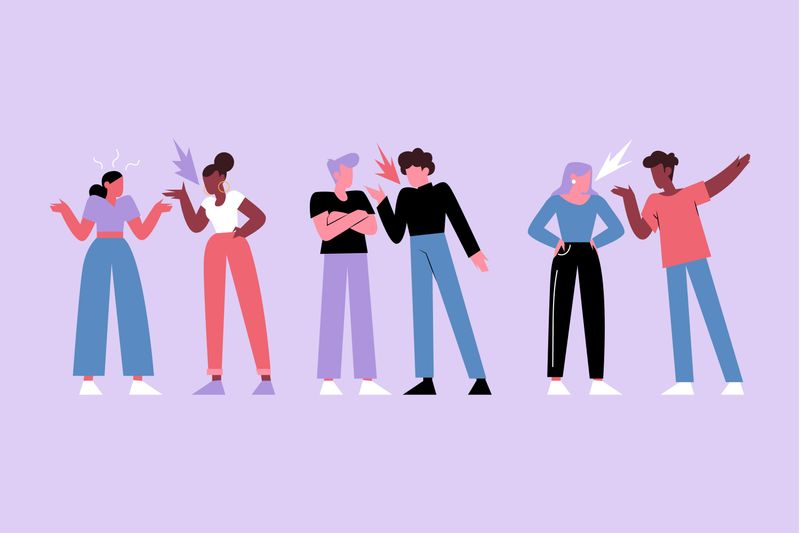
Conflict
Though conflict is stressful, it's a normal part of relationships.
Conflict happens when one or both sides want to express frustration or different opinions.
A conflict has a power balance where both sides feel equal and are able to express their views.
It may take time and space, but in a conflict, both sides want to find a solution.
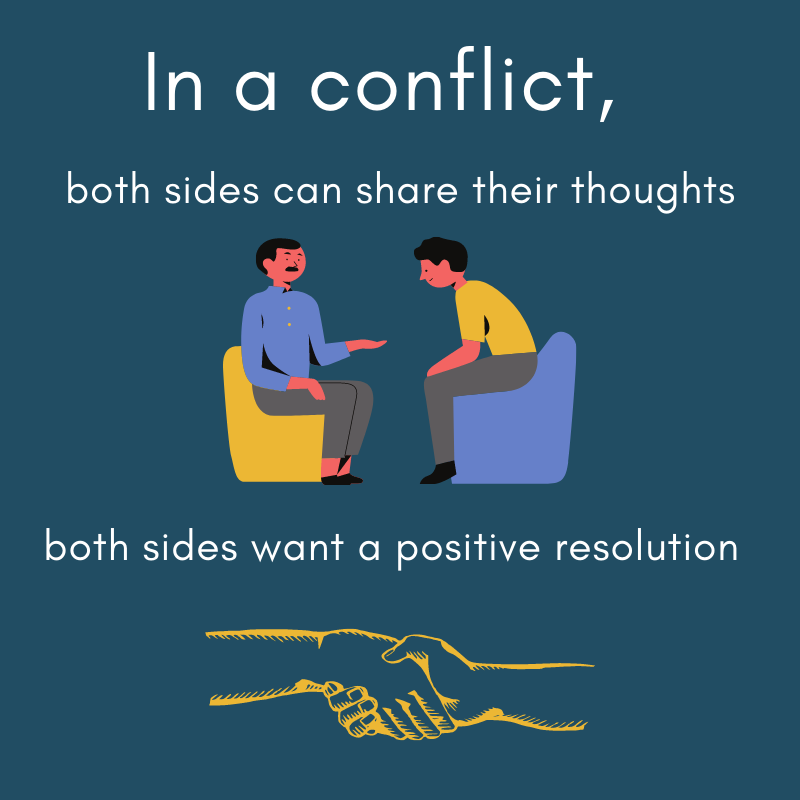
The intention is to express an idea and solve a problem.
Conflict Vs Bullying
Quiz
During a meeting, Steve tells everyone about John's mistakes this week and says, "He is lucky to still have a job." Is this bullying or conflict?
This is bullying behavior because Steve isn't trying to solve a problem or help John. Instead, he is trying to humiliate him in front of his coworkers, and potentially create a power imbalance by making John afraid for his job.
When In Doubt
If you are unsure if a situation is conflict or bullying, get help. Getting another person's perspective on the situation can help you to correctly identify it.
Tell a friend, a classmate, or report it to an authority. It is better to be safe than sorry.
Take Action
While conflict and bullying might look similar, they have significant differences that are important to recognize and identify.
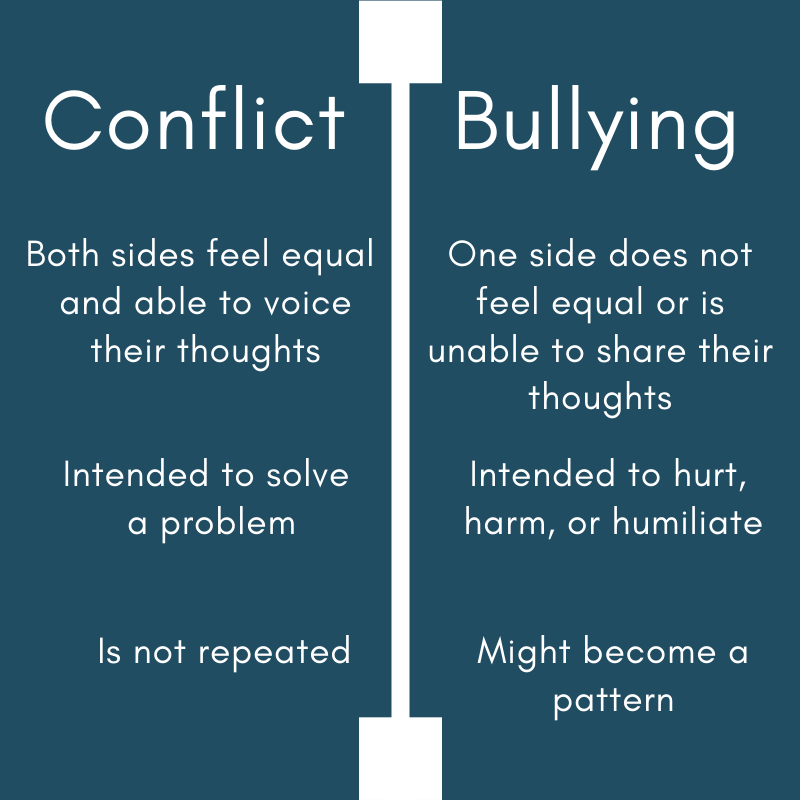
This week, see if you can identify conflict or bullying at work, school or even on your favorite TV show. The more comfortable you are identifying the differences, the faster you can respond and get help and act.
This Byte has been authored by
Sam Schmoker
International Educator | Academic Advisor
This Byte has been reviewed by
Lisa VanVleet
PhD, LCSW-S
